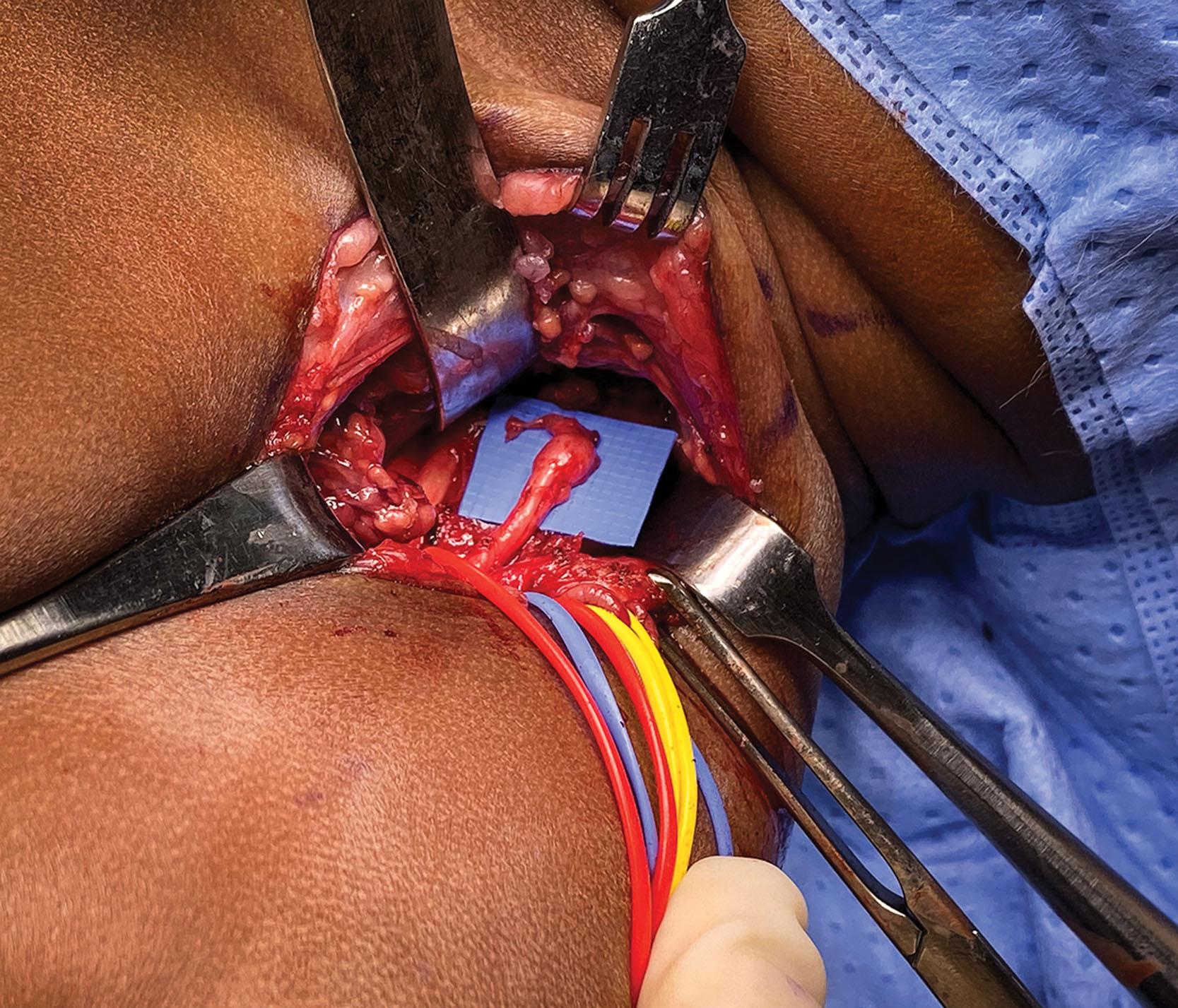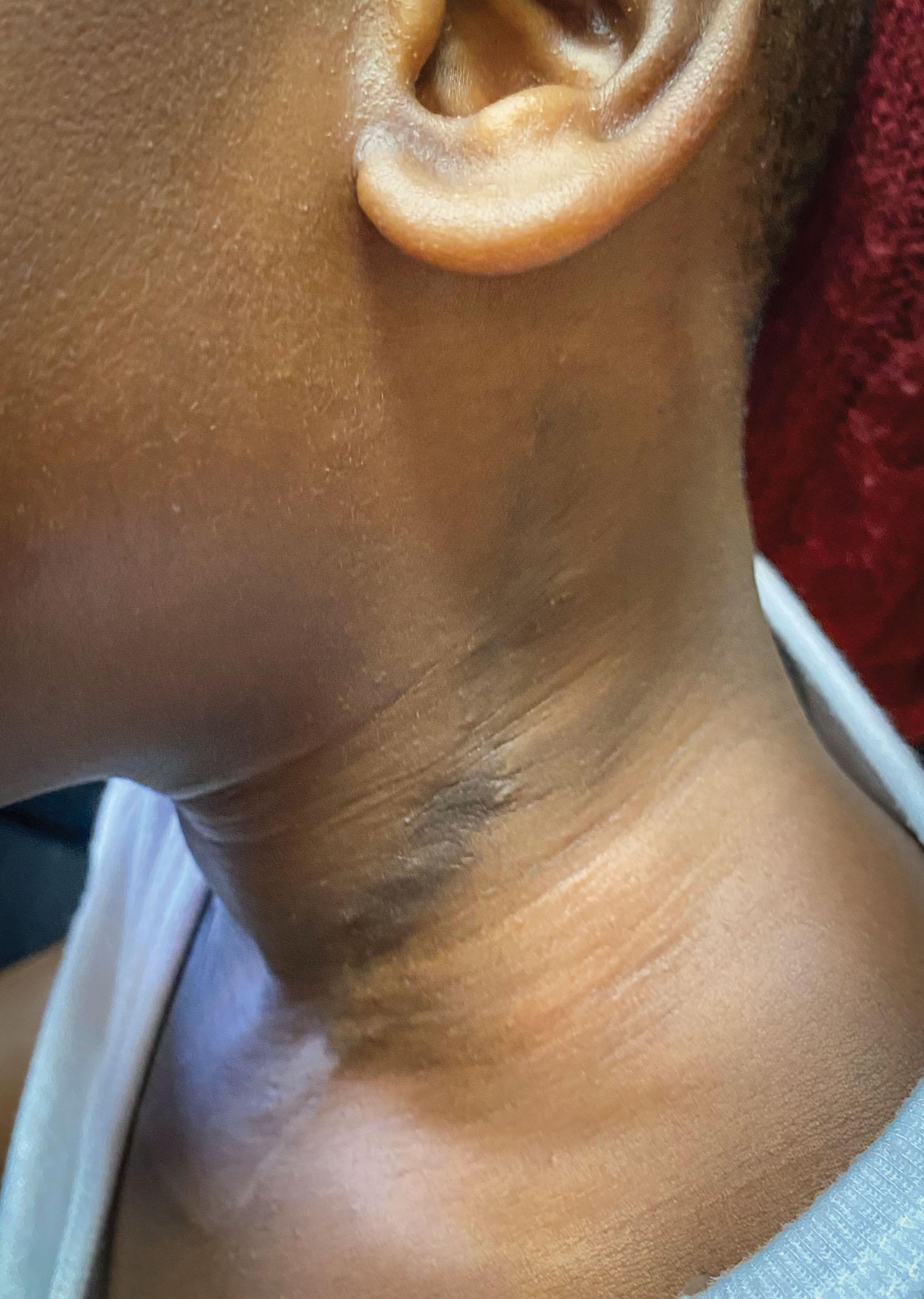Physical Address
304 North Cardinal St.
Dorchester Center, MA 02124
Brachial plexus birth injuries (BPBIs) occur in approximately 0.4 to 4.6 per 1000 live births. Approximately one-third of these cases have lifelong impairments. Brachial plexus reconstruction is indicated when inadequate spontaneous nerve recovery occurs. The timing of surgery depends on the severity of the injury. For isolated upper trunk injuries, surgery is typically recommended between 6 and 9 months of age. However, for global plexus injuries, surgery may be performed as early as 3 months of age to maximize the chances of achieving meaningful hand function. Brachial plexus reconstructions are technically challenging and prolonged procedures. A surgeon/surgical team, anesthesia team, and postoperative care team experienced in caring for pediatric patients are critical. Even with the most experienced teams, complications occur from time to time. Knowledge of and preparation for complications is imperative to mitigate the consequences.
In some cases of BPBI, phrenic nerve palsy may be present. Although phrenic nerve palsies were not previously found to impact spontaneous recovery rates, a more recent study found lower rates of spontaneous recovery when a concomitant phrenic nerve palsy was present. Unilateral phrenic nerve palsies may not be clinically evident. However, in some infants unilateral phrenic nerve palsy may present as difficulty feeding, as the babies have trouble regulating their breathing pattern during feeding. Additionally, more severe illness may occur with viral respiratory illnesses. Occasionally, infants may present with respiratory distress. In rare cases, diaphragmatic plication may be indicated.
For patients undergoing brachial plexus exploration and reconstruction, it is helpful to assess the status of the diaphragm prior to surgery. Dynamic assessment of diaphragm function is recommended. This is best accomplished with fluoroscopy to observe symmetric motion of both sides or ultrasound with a provider trained in measuring diaphragm excursion.
Preoperative identification of phrenic nerve palsy may influence the surgical plan, as use of intercostal nerve transfers is not recommended for infants with a phrenic nerve palsy. Additionally, advance knowledge of a phrenic nerve palsy is useful to know that absent response to stimulation intraoperatively or identification of an elevated diaphragm postoperatively was not an iatrogenic injury.
A transverse neck incision provides adequate exposure to the brachial plexus and a cosmetically pleasing scar. The incision is placed just superior to the clavicle and extends from the lateral border of the sternocleidomastoid to the medial border of the trapezius ( Fig. 16.1 ). A longitudinal extension along the sternocleidomastoid is unnecessary and often creates suboptimal scarring ( Fig. 16.2 ). In infants, greenstick fracture of the inferior aspect of the clavicle with retraction can be utilized when greater access to the infraclavicular plexus is needed. Rarely, a second deltopectoral incision may be utilized for additional access to the infraclavicular plexus.


In infants, longitudinal incisions for sural nerve harvest yield unsightly scarring and skin contracture. This is especially common in patients with dark skin tones. Stepwise transverse incisions are preferred. Transverse incisions follow Langer’s lines and yield cosmetically pleasing scars. A small, longitudinal, curvilinear incision is placed between the Achilles tendon and the lateral malleolus. The sural nerve is identified in this incision and traced proximally as far as possible. A transverse incision centered over the course of the sural nerve is placed at the proximal extent of the sural nerve dissection. The nerve is then identified in this incision utilizing vessel loops and gentle traction to confirm identification. Dissection, both distally and proximally, is performed. Incisions are continued in this manner all the way up to the popliteal fossa ( Fig. 16.3 ). Incorporation of an incision in the popliteal fossa allows division of the sural nerve and its branch point, providing maximal autograft length.

Become a Clinical Tree membership for Full access and enjoy Unlimited articles
If you are a member. Log in here